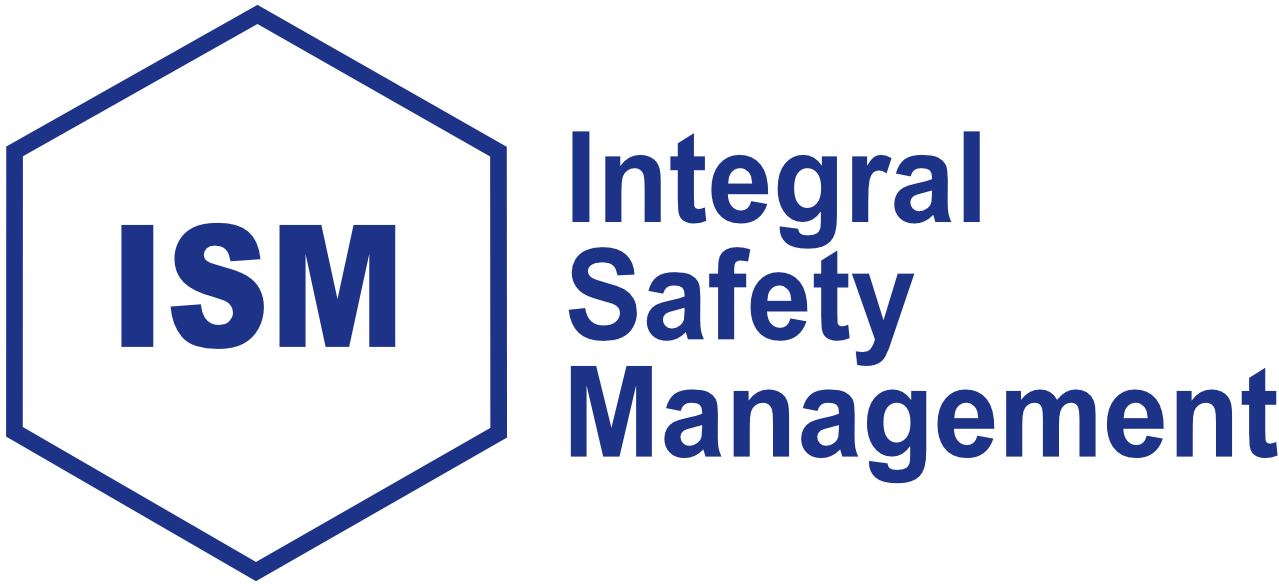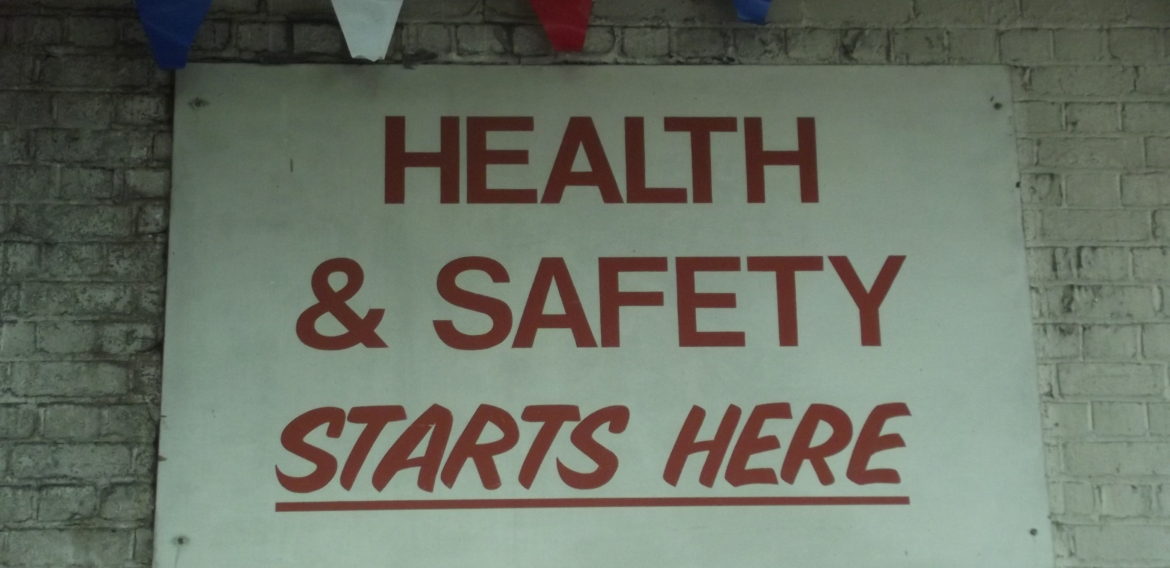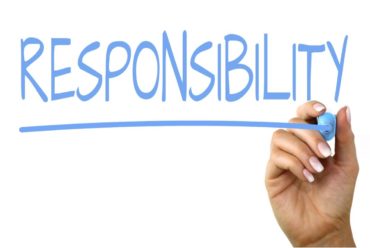The 8-step health and safety blueprint to improve productivity and reduce costs
Putting health and safety at the top of your agenda is good business practice
Whatever the size of your organisation, health and safety in the workplace is an important issue. The latest health a safety statistics published by the Health and Safety Executive show that British businesses lost more than 30 million working days in 2017/18 due to work-related illness and injuries. In 2016/17, injuries and ill health caused by working conditions are estimated to have cost £15 billion.
These eight steps serve as a health and safety blueprint that will help your company to avoid the loss of productivity and extra cost burden caused by work-related accidents, injuries and illness.
1. Create a workplace health and safety plan
You’ll need to identify health and safety hazards and put polices and procedures in place to eliminate or reduce risks. The first step is to create an effective H&S plan, and ensure that you involve your employees. This will make sure that they understand you take their health and safety seriously and get them taking their own health and safety equally seriously.
2. Ensure leadership
Appoint someone to lead health and safety in your company. To make it plain how important you consider H&S to be, planning and execution must be sponsored from the top. It should be visible and spoken about, with policies and practices set and performance monitored.
In smaller companies, a documented health and safety system may not be necessary. However, the actions of the business owner or senior managers should set good examples for staff to follow. In larger companies, the need to document policies and procedures is more important (and a legal requirement). Health and safety leaders will need to ensure that these policies and procedures are reviewed regularly.
3. Carry out a health and safety audit and risk assessments
You can’t manage what you don’t measure. In the field of health and safety, this means that you must have an independent workplace health and safety audit. This will help you to determine the H&S hazards and risks in your business and if your existing policies and practices are safe and legal.
Risk assessments will aid you in identifying the level of risk of individual hazards and what actions you may need to take to eliminate or reduce those risks.
4. Ensure Competence
From leadership, through management, and on to individual responsibility for health and safety, a company should ensure competence to undertake responsibilities. This means the people who lead the health and safety effort should have the skills, knowledge and experience necessary to do so.
Under the Management of Health and Safety at Work Regulations 1999 (MHSWR), a company must appoint at least one competent person to help it comply with its legal requirements toward health and safety. In many cases, this may mean employing an external specialist or consultant.
5. Train employees in health and safety
Just as you would train employees to do their job effectively, employees should be trained in health and safety pertinent to their roles. You may need to produce written policies and procedures, and make them available to your employees. Training may be provided in groups or by individual coaching, and employees will need to be supervised until competency has been assessed and confirmed. Employees should sign off to confirm that they have received health and safety training and understand what is required of them.
Remember that if correct training is not provided, you may be endangering your employees’ lives and your business.
6. Make health and safety an everyday conversation
Put health and safety on the agenda at team meetings, one-to-ones and on your company newsletter, and create KPIs that promote health and safety in the workplace. Seek feedback, and encourage employees to share their views and ideas – you’ll be surprised how employee engagement can create impetus for identifying hazards and doing things more safely.
7. Investigate health and safety incidents
If an incident does occur, irrespective of whether it causes injury, investigate it to find out what happened and why. This will enable you to take the actions needed to ensure that it doesn’t happen again. It may be that a hazard needs risk management revisiting, or an individual or team needs extra health and safety training. Whatever the outcome, a policy of investigating every incident will help to reinforce your commitment to improving workplace health and safety.
8. Keep records
Keep records of all incidents, inspections, risk assessments, workplace health and safety audits, training provided, etc, etc.
Make safety a key business objective
Health and safety should not be an afterthought in any company. If you are not working to keep your employees safe from harm, you are putting them at risk and threatening the success of your business. Your employees are your most valuable resource. A commitment to their health and safety in your workplace will show that you understand this.
Ensure your company is admired for being a conscientious employer who puts the wellbeing of its employees at the top of its agenda. To learn how we can help you achieve all this with a health and safety blueprint, contact Integral Safety Management today.








No Comments